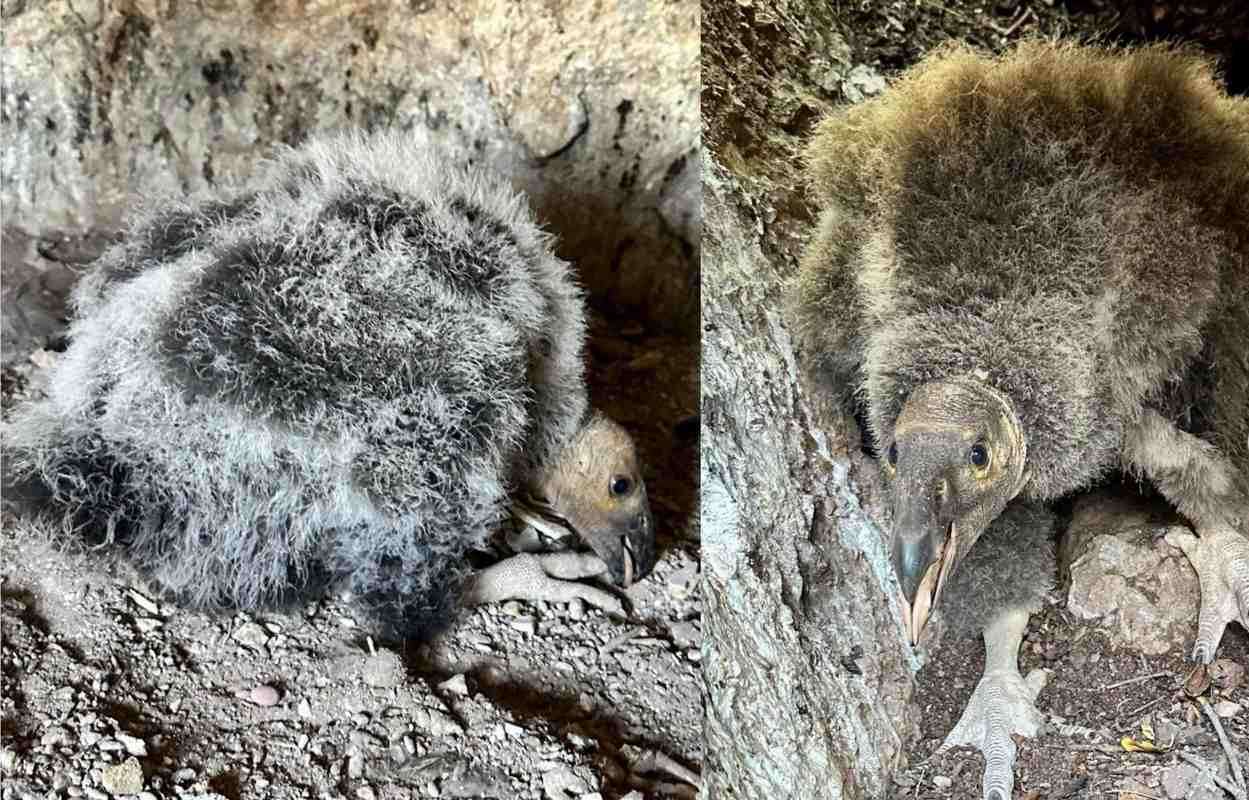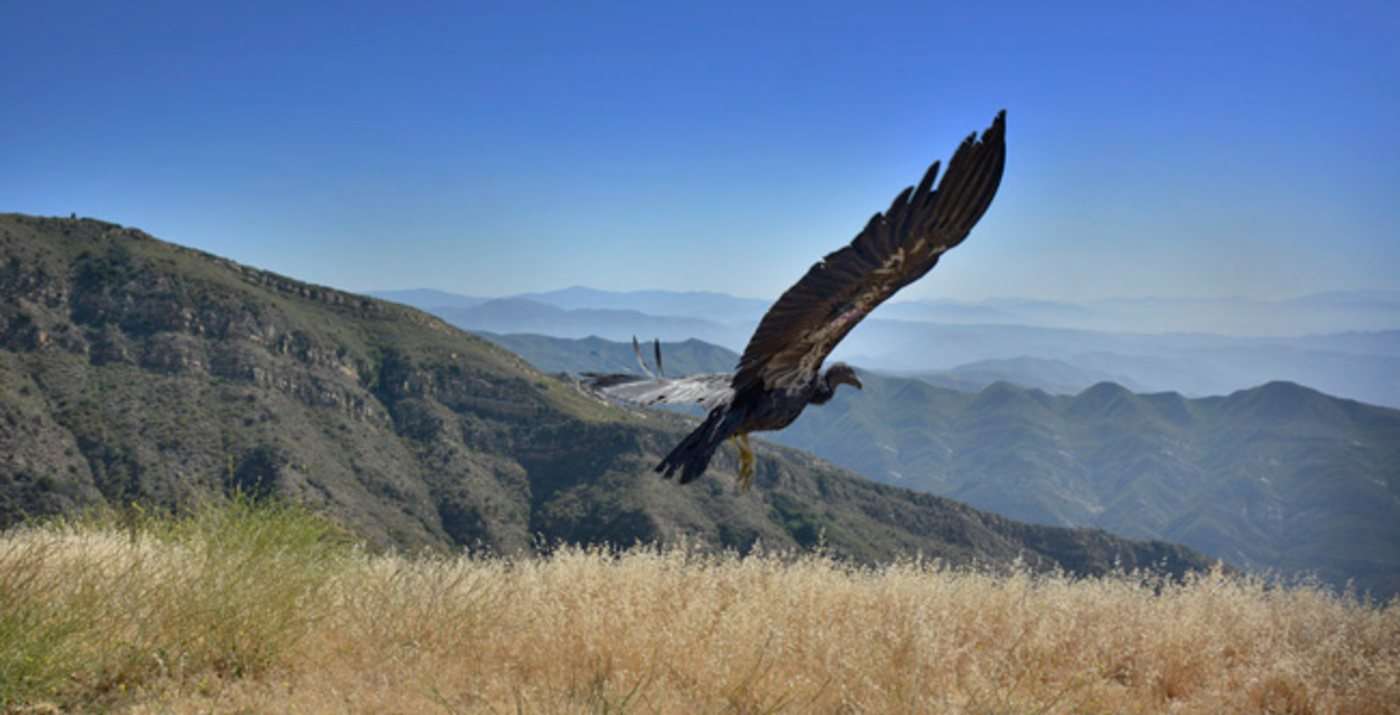Threatened Western Quolls Return to Western Australia After 100 Year Absence
In the vast 1,305 km² of Mount Gibson Wildlife Sanctuary in Western Australia, 30 western quolls were released earlier this year.

The National Park Service celebrated the birth of two Critically Endangered chicks-and social media is reveling in their fluff-ball photos.
Deemed to be extinct in the wild in 1987, the remaining California condors-the largest flying land bird in the Western Hemisphere-were encouraged to breed in captivity and pairs were reintroduced to northern Arizona and southern Utah.
Now, chicks like this pair in Pinnacles National Park in northern California are being born in the wild each year.
After approaching the very edge of existence, it's a beautiful thing to see new condor chicks born in the wild, and biologists say their first health checkups have shown they're in perfect condition.
"Both nestlings recently had their first health checkups, and we're happy to report that everything is looking great. During their checkups, the first nestling was 44 days old, and the second nestling was 68 days old," the National Park Service wrote on Instagram.
Condors are a vigorously-protected species-but lead poisoning is still a threat. The magnificent birds are carrion feeders, and can accidentally chow down on lead shot or slugs within wild game which have escaped a hunter's eyes or a bird dog's nose.
With youngsters, this risk extends to parents bringing such contaminated carcasses to the nest.
A post shared by Pinnacles National Park (@pinnaclesnps)
The officials in Pinnacles report "very low" levels of lead in their bloodstream, and that they are right on track for a winter fledging.

"Condors typically aren't fully grown until about 6 months after they hatch, so these little ones still have lots of maturing to do before they are ready to take flight," they write.
"[Visitors] may be lucky enough to see the two newest members of the condor flock soaring through the park this winter."
To perform the health check, veterinarians had to scale the cliffs where their nests were located with rock climbing gear. To reach one chick, they wedged themselves between the nest ledge and a large boulder, while another was lowered back down to the ground with a rope.
Surprisingly, the parents were totally fine, Smithsonian reports, with the human theft and belaying of their chick.
A post shared by Pinnacles National Park (@pinnaclesnps)
Condors have been in the park for 20 years. It was one of the first sites where the birds-with their wings spanning 10 feet-were reintroduced. In nearly four decades, the population grew to 300 in nature today, a massive improvement and win for conservationists.
SHARE These Plushy Birds With Your Friends In California…
Be the first to comment